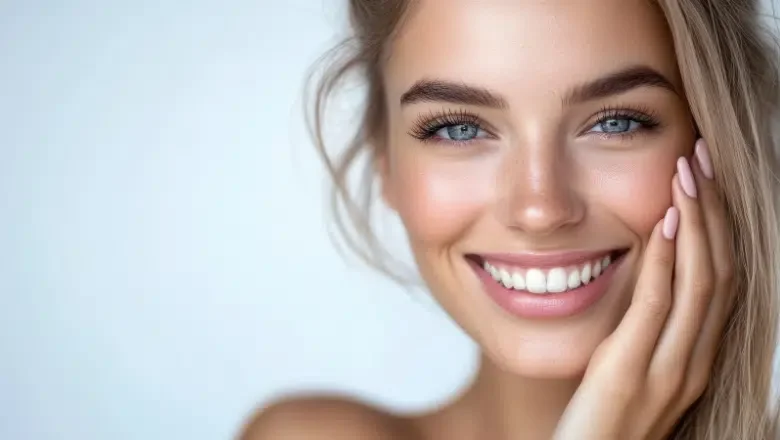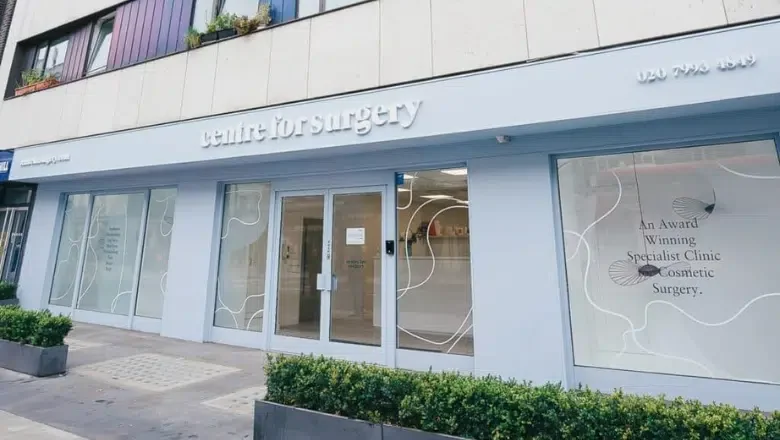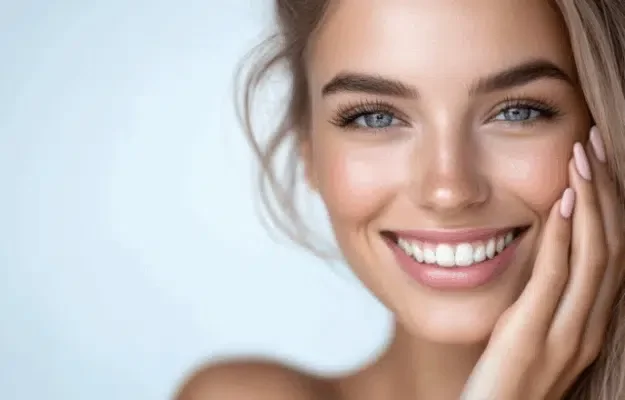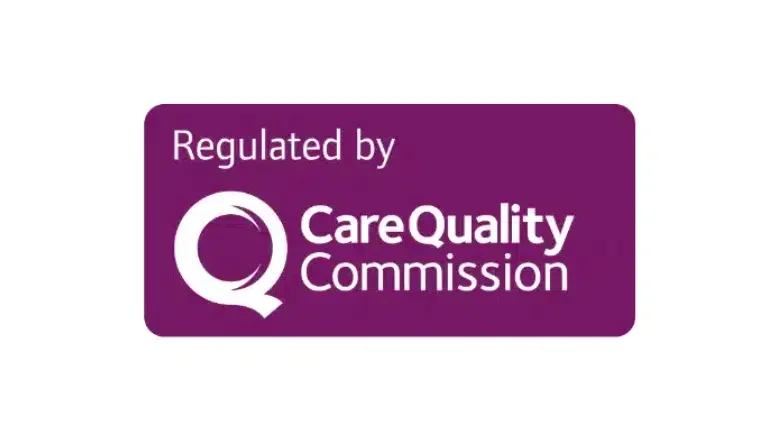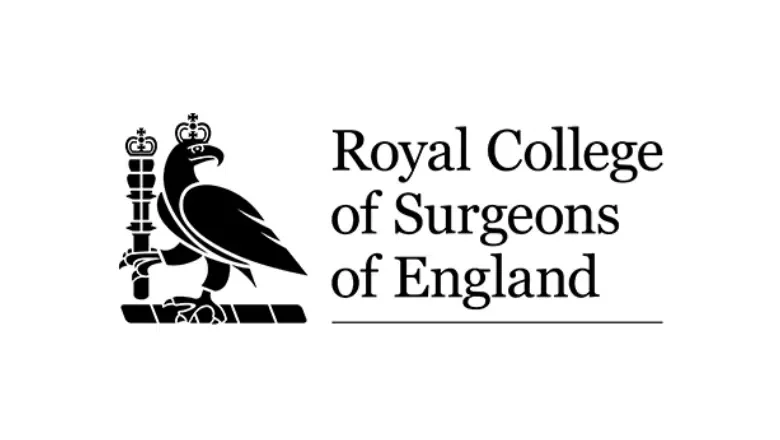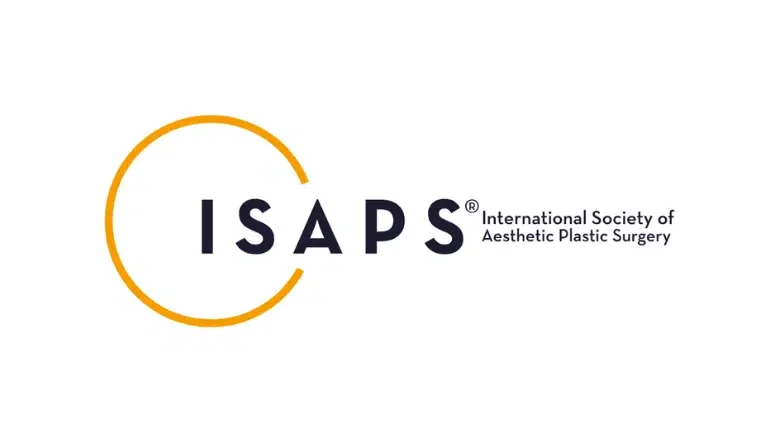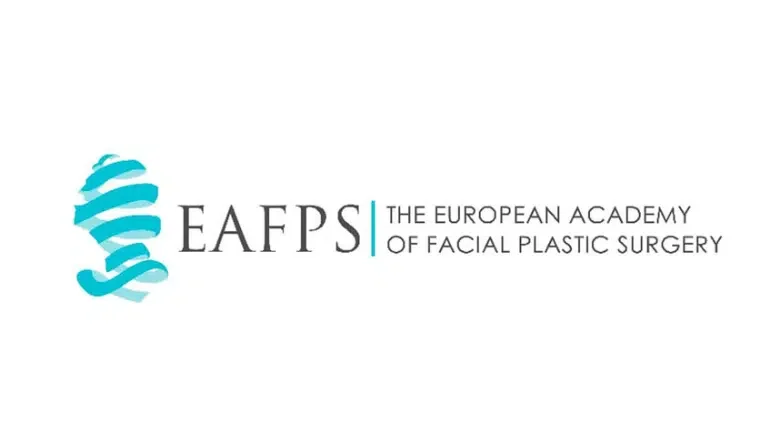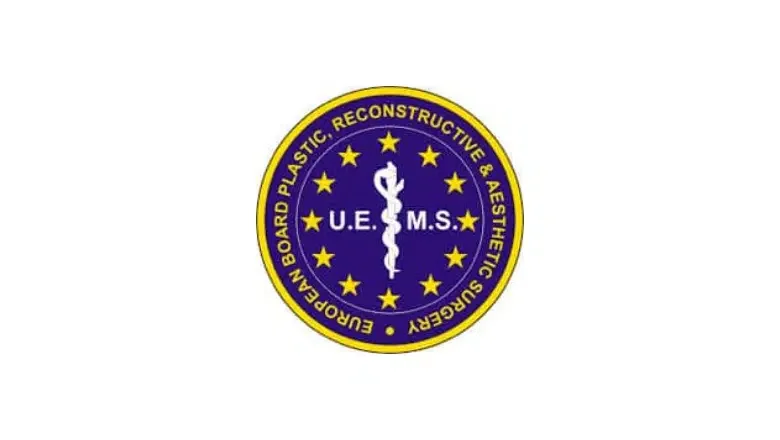Choosing the Right Eyelid Surgery for You
Eyelid surgery can significantly reshape your appearance. Whether your upper lids droop or bags sit under your eyes, the right procedure can restore a fresher, more youthful appearance. Upper and lower blepharoplasty offer specific solutions. Your choice depends on your concerns, recovery goals, and aesthetic objectives.
Here at the Centre for Surgery in London, you’ll receive care from experienced plastic surgeons who specialise in blepharoplasty, guiding you through which eyelid surgery suits you best.
RELATED: Blepharoplasty (Eyelid Lift) Before & After Gallery
What Is Upper Blepharoplasty?
Upper blepharoplasty focuses on the skin above the eyelashes. As we age, excess skin and fat can hang over the eyelid crease, sometimes limiting peripheral vision. This cosmetic operation removes surplus tissue, refines the natural eyelid fold, and can restore the field of vision. Many patients report feeling lighter and more alert after healing. The incision runs along the natural crease, which hides scarring. Excess fat or muscle can be trimmed carefully to maintain eye shape. Results often look natural and subtle but dramatically improve tired or hooded eyelids. In some cases where drooping brows contribute, a brow lift may be considered alongside.
What Is Lower Blepharoplasty?
Lower blepharoplasty targets the area under the eyelid. Typical concerns include under‑eye bags, puffiness, hollows, dark shadows or sagging skin. Surgeons either remove or reposition fat, tighten loose skin and muscle, and, in some techniques, avoid visible scars by making the incision inside the eyelid. Lower eyelid surgery often corrects tear‑trough hollows or repositioned fat pads to smooth the under‑eye contour. This gives a reliably refreshed, rested look. Many patients report a reduction in dark circles and a less tired appearance after healing. If pigmentation remains, further non‑surgical treatments may be recommended to complement.
RELATED: Transconjunctival vs Transcutaneous Lower Blepharoplasty
Key Differences Between Upper and Lower Procedures
Upper blepharoplasty addresses functional problems and droopy skin over the eyelids. It can enhance vision and improve the appearance of the eyes. In contrast, lower blepharoplasty is purely aesthetic. It tackles puffiness, wrinkles and shadows under the eye. The two procedures serve different goals: the upper procedure for lifting and vision, and the lower procedure for smoothing and rejuvenation.
Candidates for upper surgery are individuals with sagging upper eyelid skin or obstructed side vision. Those opting for lower surgery often suffer under‑eye bulges or loose skin that makes them look tired. Some clients benefit from having both procedures at the same time for a full eye area lift. That approach can be cost‑effective and requires only one recovery period.
Recovery Time and Healing Expectations
Recovery after upper blepharoplasty tends to be shorter and simpler. Most patients can resume light daily activities after about a week. Swelling and bruising usually peak around day two or three and start to fade soon after. By the ten to fourteen-day mark, most are comfortable returning to work and social activities.
Lower blepharoplasty often involves deeper tissue work and can take a little longer to heal. Some patients expect bruising and puffiness for up to three weeks, with full results visible by week three or four. Recovery still follows a similar swelling pattern but may linger slightly longer. When both upper and lower surgeries are performed together, downtime may be extended, although the overall healing time remains centred around two weeks to a month. Clear aftercare, including cold compresses, head elevation and sun avoidance, supports smoother recovery.
RELATED: Lower Blepharoplasty Recovery Day by Day
Aesthetic Goals for Upper Blepharoplasty
The upper eyelid procedure delivers a lifted appearance. Eyes look more open and alert. Weight from heavy lids is reduced. Vision may improve. When performed well, the result is subtle and natural. Patients often say they appear more rested and youthful without looking “done.” The aim is to blend correction with natural contours. There should be no loss of eyelid shape, no hollowing, and minimal scarring. The crease is refined, the eye appears fresher, and the upper eyelid still appears natural when smiling or blinking.
Aesthetic Goals for Lower Blepharoplasty
Lower blepharoplasty creates a smoother under‑eye profile. Puffiness diminishes. Wrinkles fade. Under‑eye hollows are softened. The face looks less fatigued. Many patients report an appearance boost—for example, going from looking tired to refreshed. With repositioned fat or tightened skin, the lower eyelids appear less heavy or shadowed. Dark circles may look lighter because the skin lies flatter. If pigmentation persists, follow-up treatments such as fillers or laser therapy can be used in conjunction with surgery. The goal is always to preserve a natural, balanced look.
Who Should Choose Which Procedure?
If your main concern is sagging or drooping upper eyelid skin that interferes with your vision or gives you a tired expression, upper blepharoplasty is likely the right choice. If you are troubled by puffiness, under‑eye bags or hollowing, then lower blepharoplasty is the preferable option. Many individuals mature over time with concerns in both areas. In that case, a combined procedure can deliver full benefits in one operation. Choosing the right surgery starts with a thorough medical assessment and a personal discussion with a qualified surgeon, who will examine your eyelid anatomy, skin elasticity, fat distribution, bone structure and overall health to determine suitability. Only a tailored plan can deliver enduring, beautiful results.
Possible Risks and Complications
Blepharoplasty is considered a safe procedure when performed by an expert. Risks include infection, bleeding, scarring, dry eyes, and temporary numbness or sensitivity. Rare complications can include eyelid malposition or incomplete closure. Smoking, dry‑eye conditions and skin laxity increase risk. Surgeons mitigate these by performing detailed assessments, often using local anaesthetic with sedation or general anaesthetic depending on the extent of the procedure. Skilled professionals follow careful technique to avoid over‑resection of skin or fat, which can lead to complications. Patients are fully briefed on potential outcomes, recovery steps, and symptoms that require urgent attention.
How Long Do Results Last?
Results from both upper and lower blepharoplasty can last many years. While ageing continues, eyelid skin and fat typically remain improved for a long time. Most patients maintain their results for 5 to 10 years or more. Some individuals may later choose enhancement or revision, but repeat surgery is not always necessary. With good skin care and UV protection, your eyelid region can remain youthful far beyond the initial healing period.
RELATED:
Combined Blepharoplasty: Benefits of Full Eye Renewal
Undergoing both upper and lower blepharoplasty at once offers holistic rejuvenation. Cohesive lifting, smoothing and contouring creates facial harmony. Single‑session recovery can be easier to manage. The surgeon can tailor incision placement and tissue handling to deliver unified, natural results. Combining surgeries may reduce overall cost compared to staging procedures separately. Recovery may take a few extra days, but the journey is smoother for those who prefer to heal once instead of twice. Consultation helps decide if a combined approach is appropriate, based on anatomy, medical fitness and personal goals.
How to Prepare and What to Expect
Preparation begins with a full consultation. Surgeons will review your medical history, assess eye health and discuss realistic expectations. You will be advised to avoid aspirin, non‑steroidal anti‑inflammatories, and smoking in the weeks before surgery. On surgery day, you will be welcomed to the clinic, whether a local or general anaesthetic is used, our staff aim to make the experience as relaxing as possible. After the procedure you will have detailed aftercare instructions. Ice application, head elevation and minimal screen time help reduce swelling. Stitches are typically removed about one week after upper blepharoplasty.
RELATED: How Long Does It Take for Stitches to Dissolve after Blepharoplasty?
Follow‑up visits monitor healing and check for any concerns. Full recovery takes up to two weeks (upper) and up to three weeks (lower), with ongoing improvements visible thereafter.
Why Choose a Specialist Clinic
Blepharoplasty demands precision. The eye area is delicate. Even small errors can lead to visible or functional issues. Selecting an experienced surgeon at a reputable clinic ensures safety and aesthetics. In the UK, specialised oculoplastic or plastic surgeons with extensive training deliver the best results. Centre for Surgery is based in London and has a team of highly trained surgeons who perform eyelid interventions regularly. The clinic uses modern techniques, personalised care and cutting‑edge technology to restore eye function and facial harmony. Patients receive support from consultation through recovery, with transparent communication and genuine care.
FAQs
What is blepharoplasty?
Blepharoplasty is surgery to reshape the eyelids. It removes or repositions excess skin, fat and muscle to correct droopiness or under‑eye bags.
How long is the procedure?
Upper blepharoplasty usually takes around 60 to 90 minutes. Lower surgery can take a similar time or slightly longer, depending on technique and whether fat repositioning is required.
Is blepharoplasty painful?
Most patients report minimal pain. Discomfort is managed with painkillers or simple ointment. Swelling and bruising may feel tight but are usually tolerable.
When do I return to work?
For upper blepharoplasty, many return to light duties after about a week. Lower blepharoplasty healing may take two to three weeks until you feel comfortable resuming work.
Will I have visible scars?
Upper blepharoplasty scars lie in the natural eyelid crease. Lower blepharoplasty scars are either just below the lash line or inside the eyelid (transconjunctival), making them largely invisible.
Are the results permanent?
While ageing continues, blepharoplasty results last many years. Most people see lasting improvements for 5 to 10 years or longer.
Can both procedures be combined?
Yes. Combined procedures are common. They deliver full rejuvenation and typically involve one consolidated recovery period.
What are the risks?
Risks include infection, bleeding, scarring, temporary vision changes, dry eyes and rare eyelid misposition. Thorough evaluation and expert technique reduce these risks.
About Centre for Surgery – London Eye Surgery Experts
Centre for Surgery is a leading clinic on Baker Street in London that specialises in eyelid surgery and facial aesthetics. Our plastic surgeons have advanced training and deep experience in blepharoplasty, offering personalised surgical plans and natural results that enhance your appearance and function. We combine cutting‑edge techniques with a patient‑centred approach in clean, modern facilities. At Centre for Surgery your safety and satisfaction are a priority from consultation through aftercare. If you seek expert eyelid rejuvenation with trusted professionals, we invite you to contact us and begin your journey to brighter, fresher eyes.
